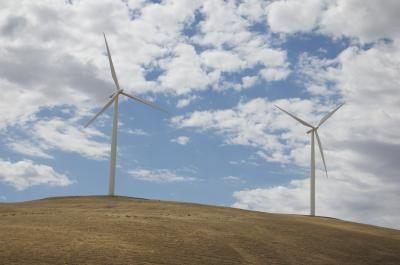Frost & Sullivan: New renewable energy policies to negatively impact solar and wind frequency inverters market in europe
Despite immediate challenges, benefits of energy optimisation, lower maintenance costs and higher ROI will ensure continued product uptake
Policy changes in the renewable energy sector and the ongoing debt crisis are set to have a profound impact on the market for frequency inverters in the solar and wind energy industries across Europe. While the reduction in subsidies is expected to dampen the European market in the near future, low maintenance costs and the promise of high returns on investment (ROI) will buoy frequency inverter market revenues during this turbulent phase. Unlike Europe, the market is expected to see strong growth in other regions such as Asia and North America.
New analysis from Frost & Sullivan, Strategic Analysis of the Frequency Inverters Market in Solar and Wind Energy Industry, finds that frequency inverters in the global solar and wind energy markets earned $6.00 billion and $2.84 billion, respectively, in 2011. Frequency inverters are estimated to rack up $ 14.58 billion in the solar industry and $7.09 billion in the wind industry by 2018.
Policy changes in Europe are predicted to hike taxes and reduce subsidies and investment in the renewable energy sector in the next 2 years. The increase in feed-in tariffs could discourage investment in the renewable energy sector.
“The impact of such changes on the frequency inverters market will be high during the short-term and moderate during the medium- and long-terms,” cautioned Frost & Sullivan Industrial Automation and Process Control Practice Industry Analyst Sivakumar Narayanaswamy. “Market participants are planning to adapt to this new policy landscape by streamlining operational costs and developing sustainable strategies.”
Both solar and wind frequency inverter manufacturers are also grappling with falling investments due to the debt crisis. In this scenario, the lower maintenance costs and higher ROI of frequency inverters will prove beneficial in encouraging continued uptake.
“Solar inverters are highly durable and have lower lifecycle costs, which help reduce maintenance costs by 10 per cent compared to other inverter products,” noted Narayanaswamy. “Lower maintenance costs will make these inverters more cost-effective for customers.”
Similarly, wind inverter products have an average lifespan of 8-10 years. Efforts to further enhance product quality and durability will reduce maintenance costs, supporting cost savings for customers.
Rapid ROI will be another factor motivating the continued demand for both solar and wind frequency inverters. These products enable energy optimisation, boosting energy savings for customers.
Most read news
Organizations
Other news from the department business & finance

Get the chemical industry in your inbox
By submitting this form you agree that LUMITOS AG will send you the newsletter(s) selected above by email. Your data will not be passed on to third parties. Your data will be stored and processed in accordance with our data protection regulations. LUMITOS may contact you by email for the purpose of advertising or market and opinion surveys. You can revoke your consent at any time without giving reasons to LUMITOS AG, Ernst-Augustin-Str. 2, 12489 Berlin, Germany or by e-mail at revoke@lumitos.com with effect for the future. In addition, each email contains a link to unsubscribe from the corresponding newsletter.


























































